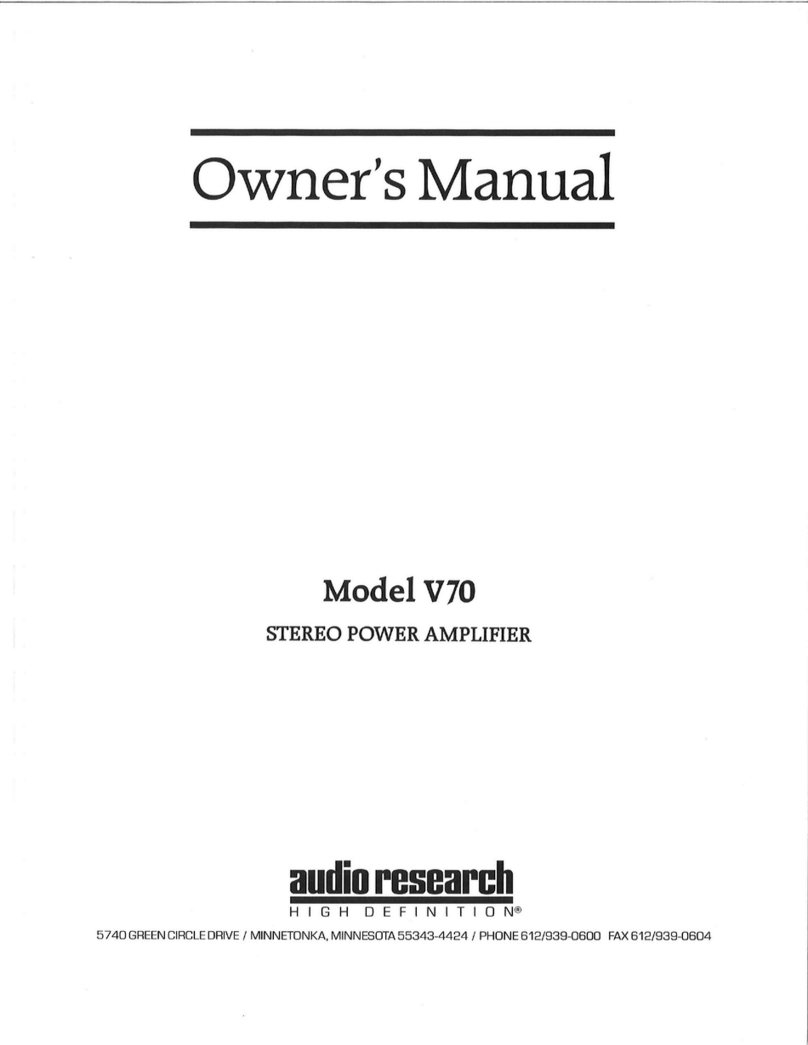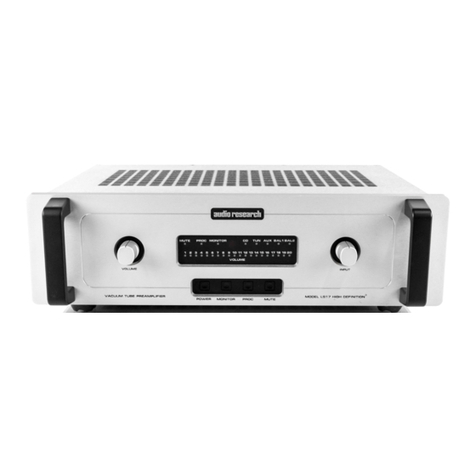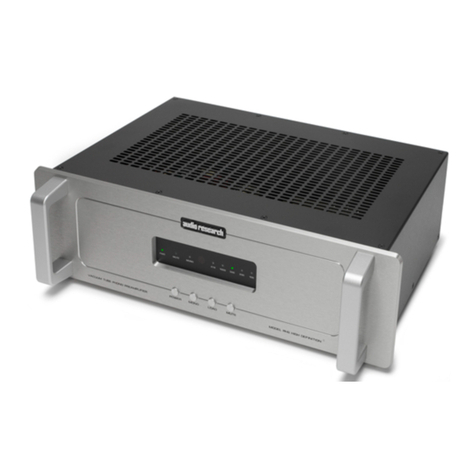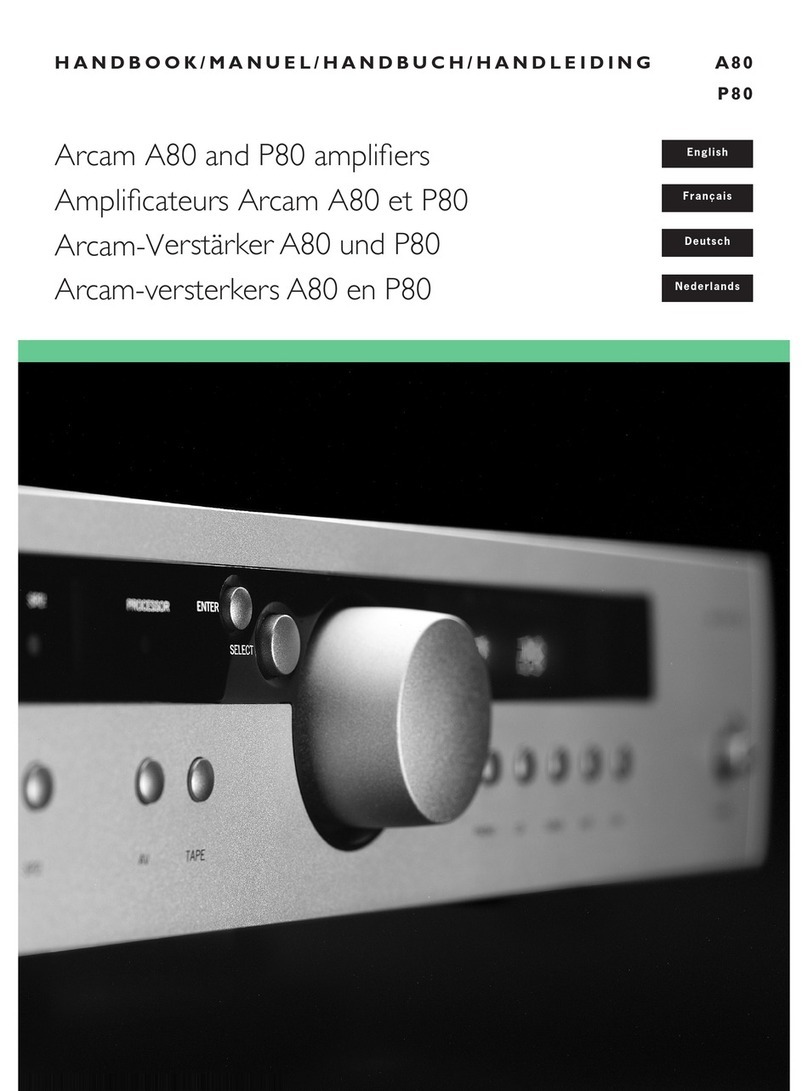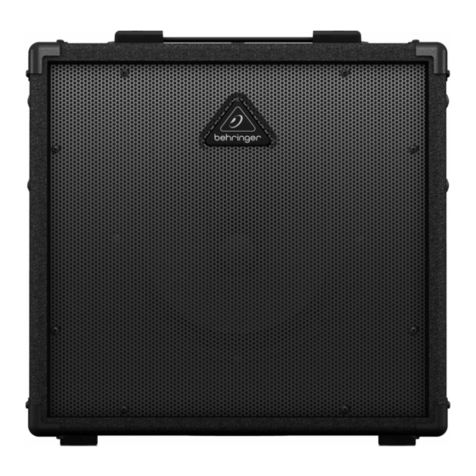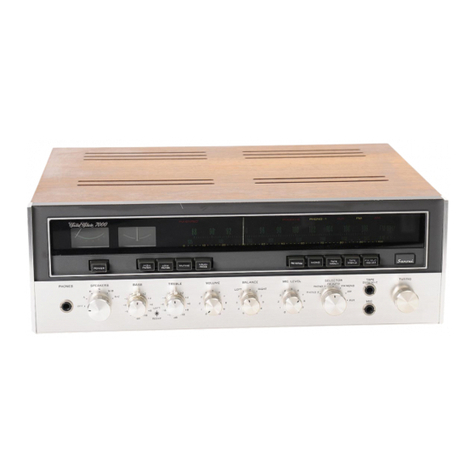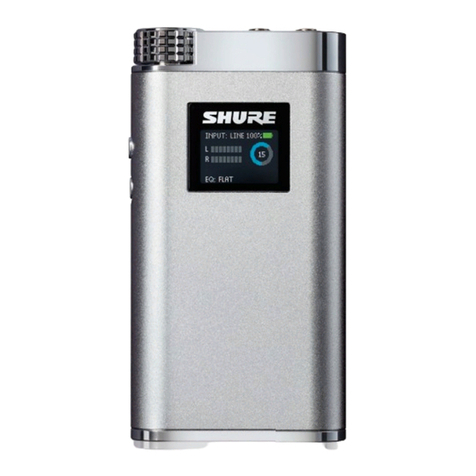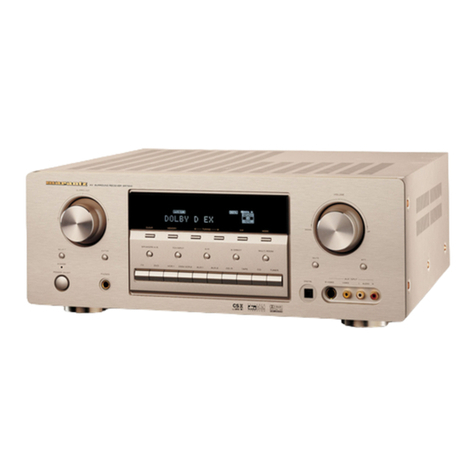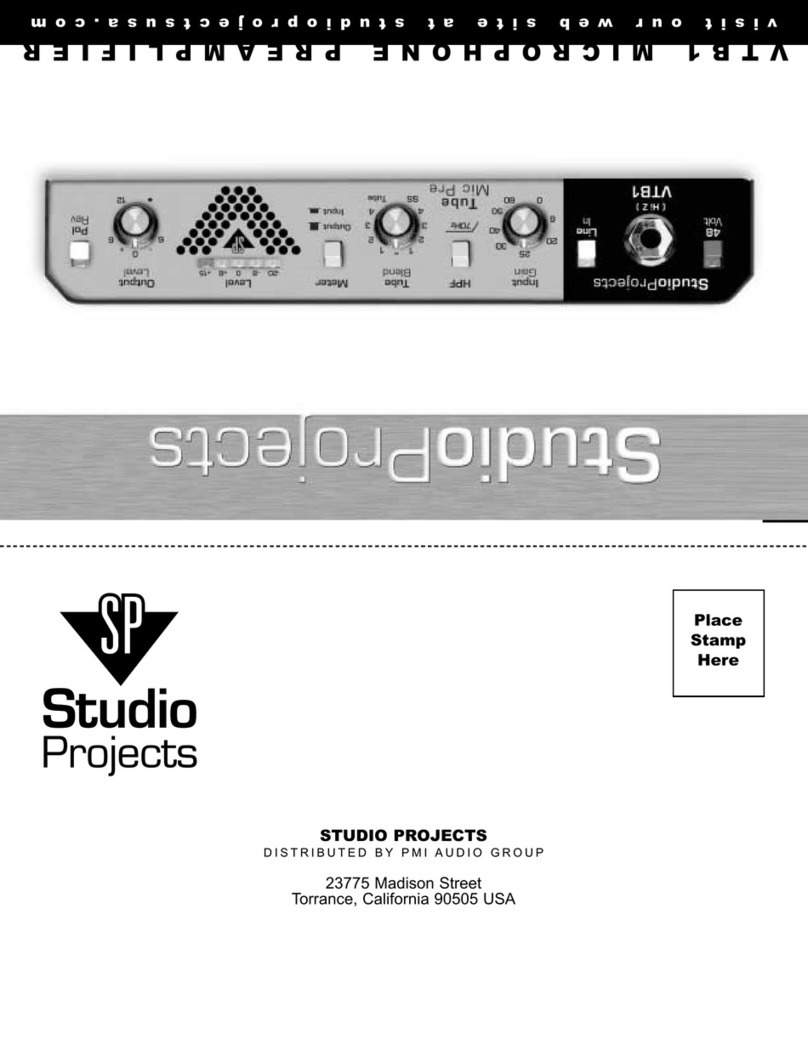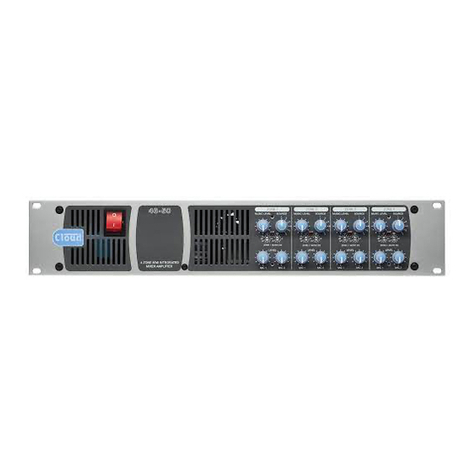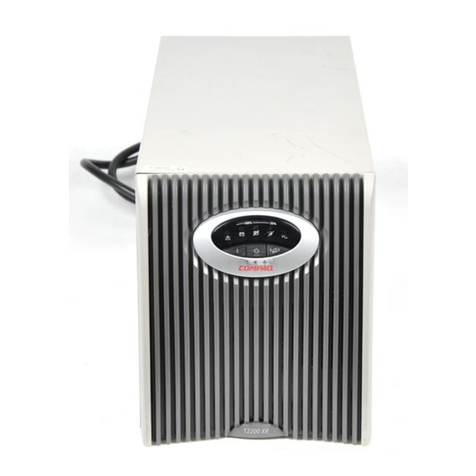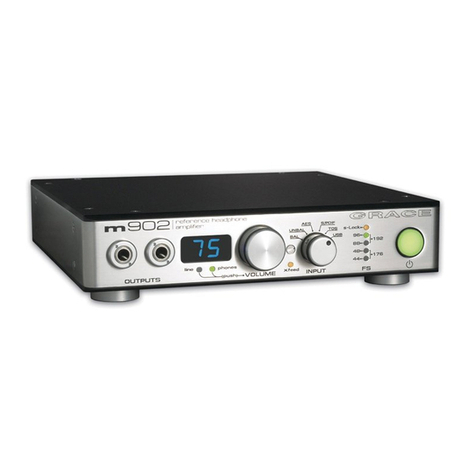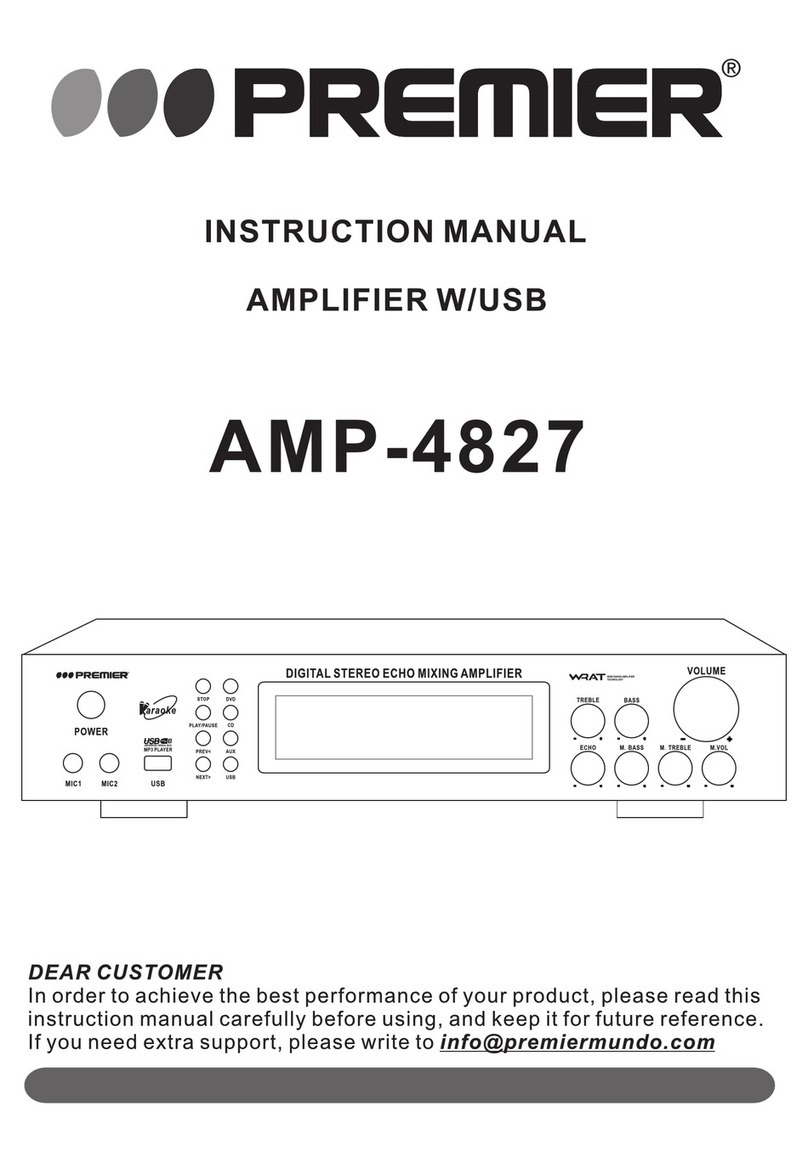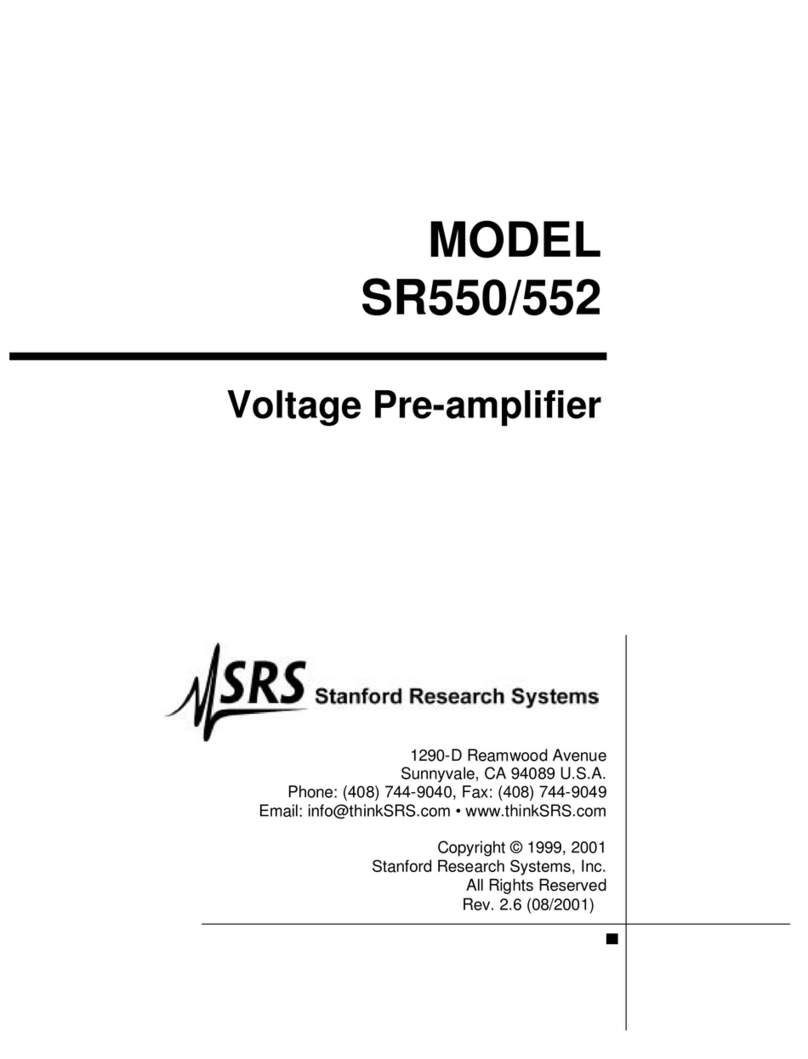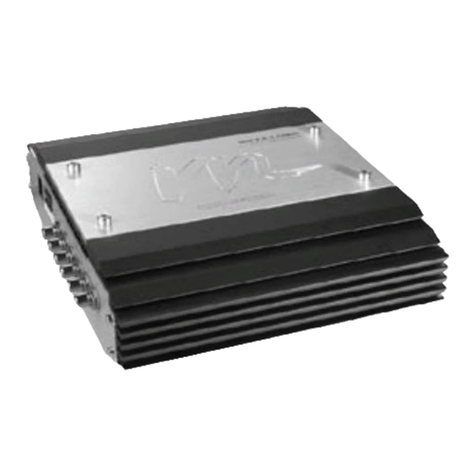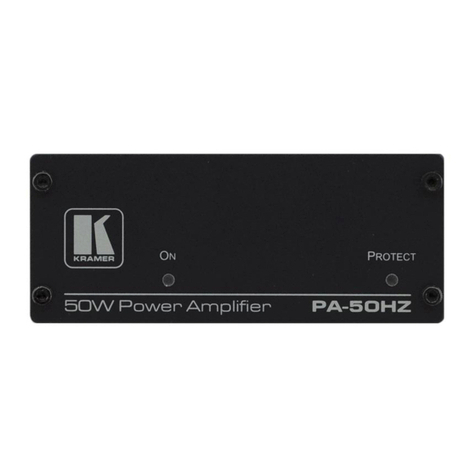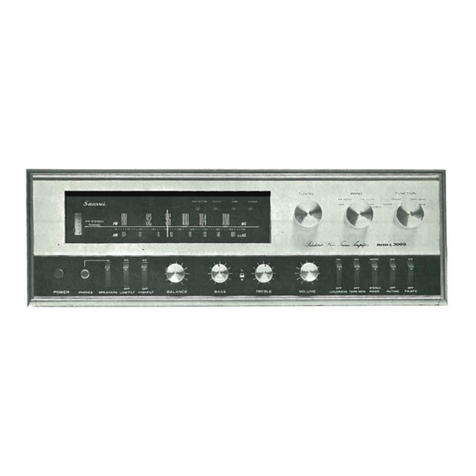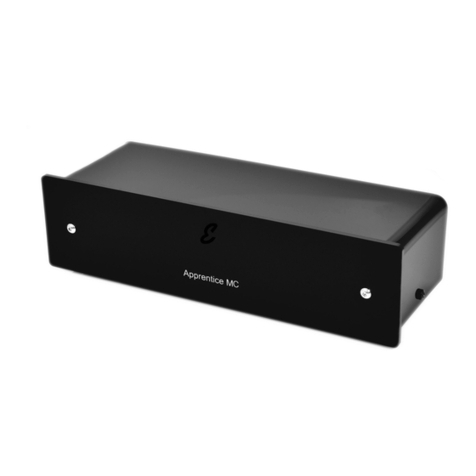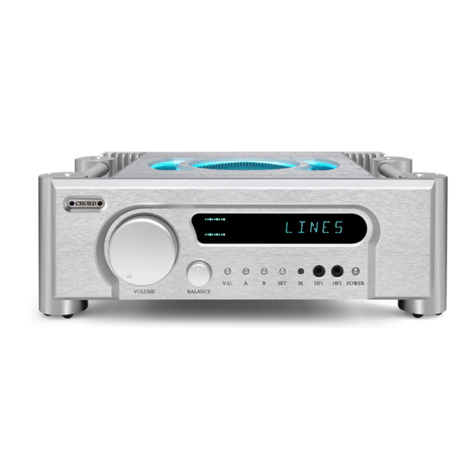Audio Research SP4 User manual












Other manuals for SP4
1
This manual suits for next models
1
Other Audio Research Amplifier manuals
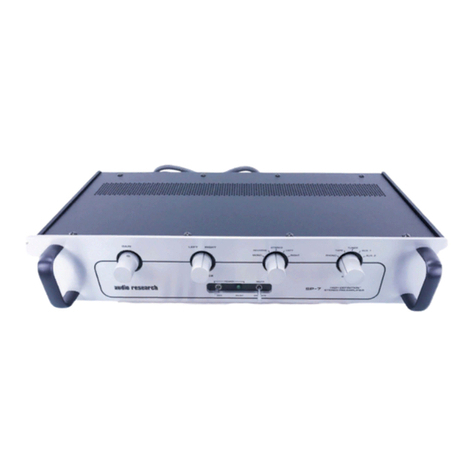
Audio Research
Audio Research SP-7 User manual

Audio Research
Audio Research M-100 User manual

Audio Research
Audio Research LP1 User manual
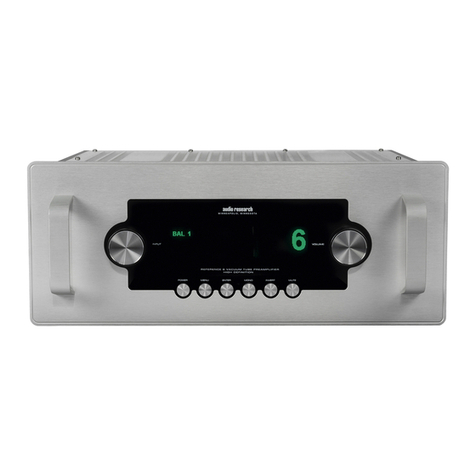
Audio Research
Audio Research Reference 6 User manual
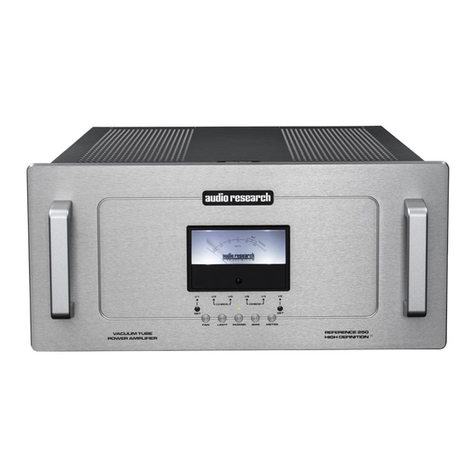
Audio Research
Audio Research Reference 250 SE User manual
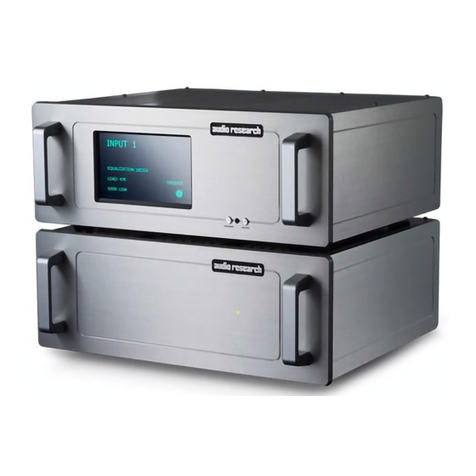
Audio Research
Audio Research REFERENCE PHONO 10 User manual

Audio Research
Audio Research PH3 User manual
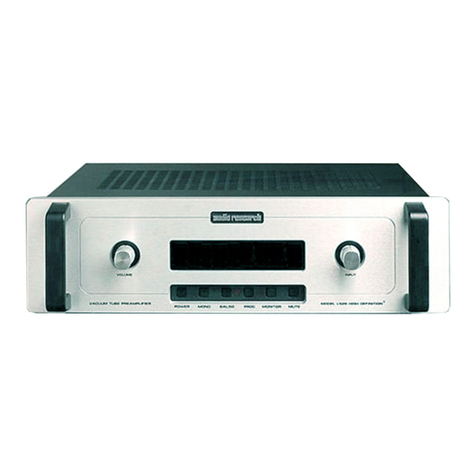
Audio Research
Audio Research LS26 User manual

Audio Research
Audio Research SD135 User manual
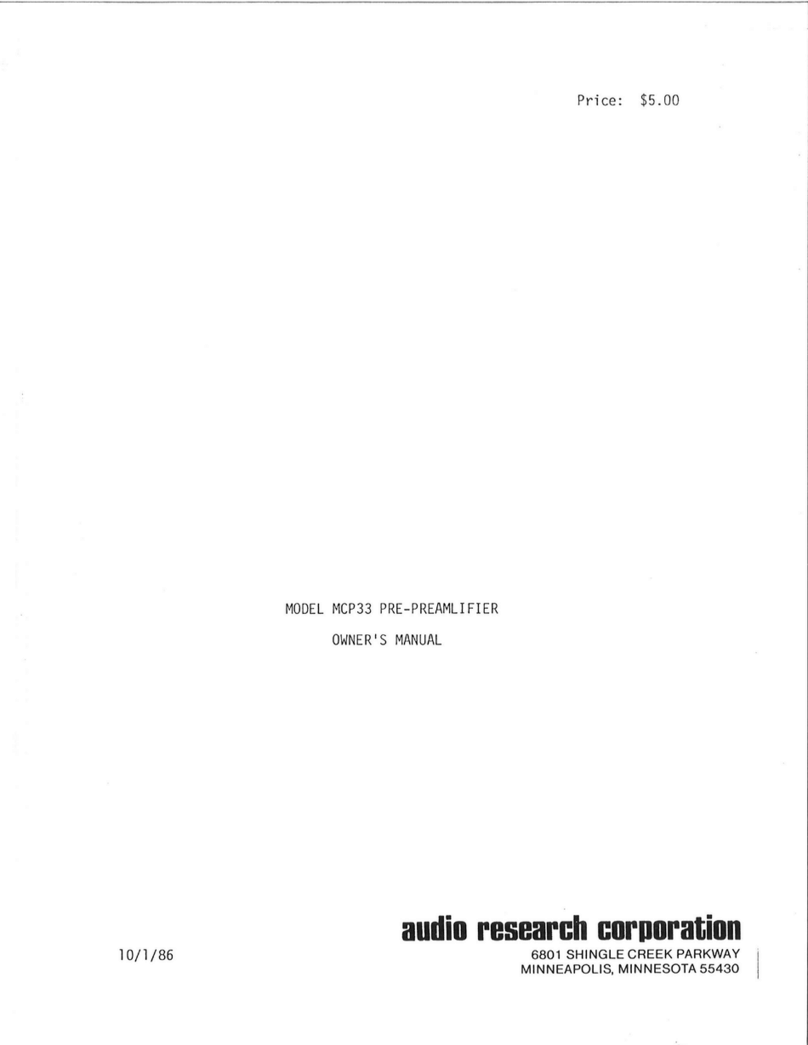
Audio Research
Audio Research MCP33 User manual

Audio Research
Audio Research VT130 User manual
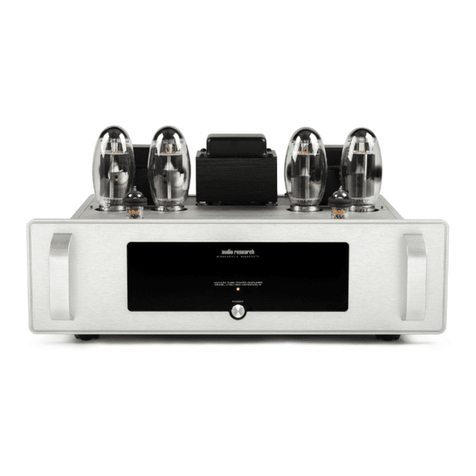
Audio Research
Audio Research FOUNDATION Series User manual
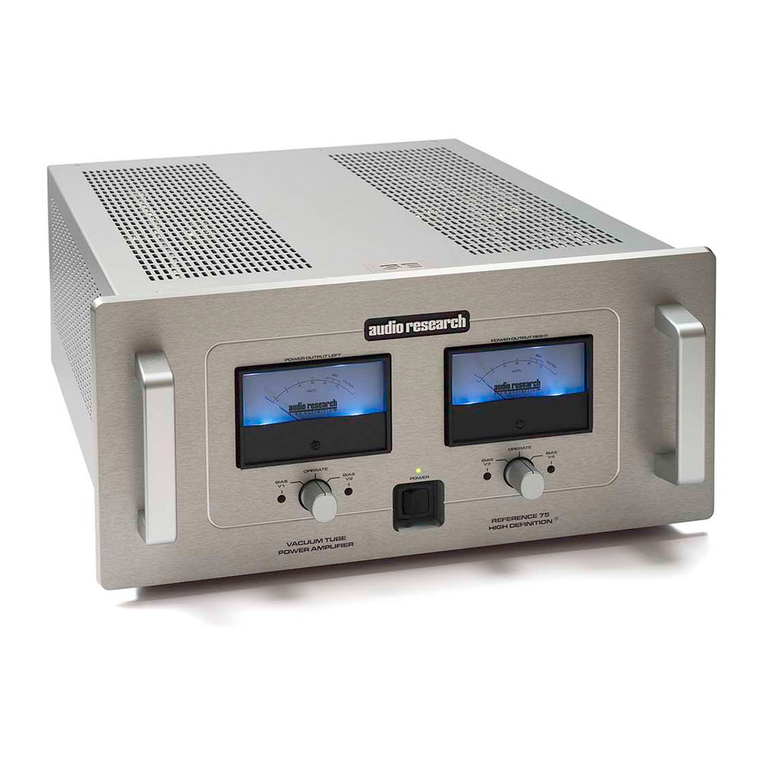
Audio Research
Audio Research Reference 75 SE User manual
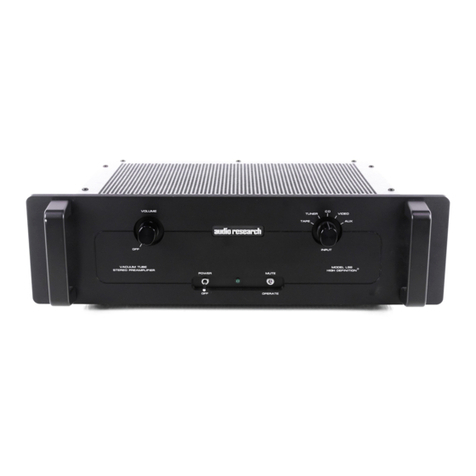
Audio Research
Audio Research LS8 MkII User manual
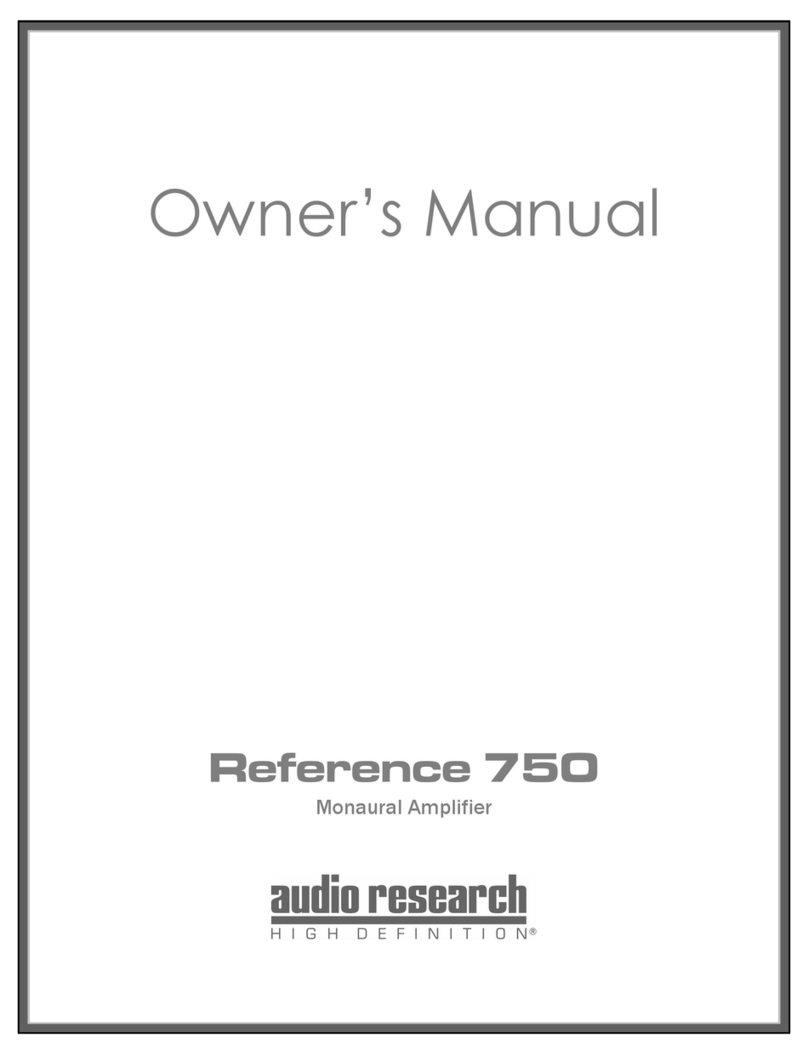
Audio Research
Audio Research Reference 750 User manual
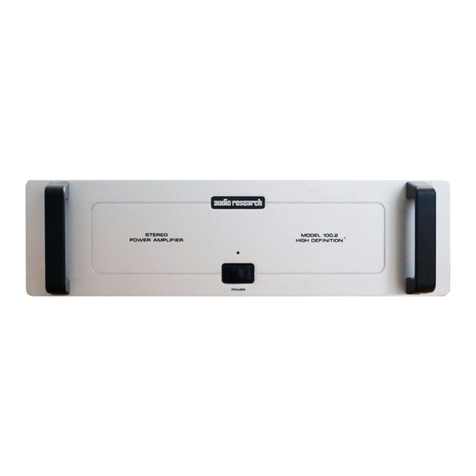
Audio Research
Audio Research 100.2 User manual
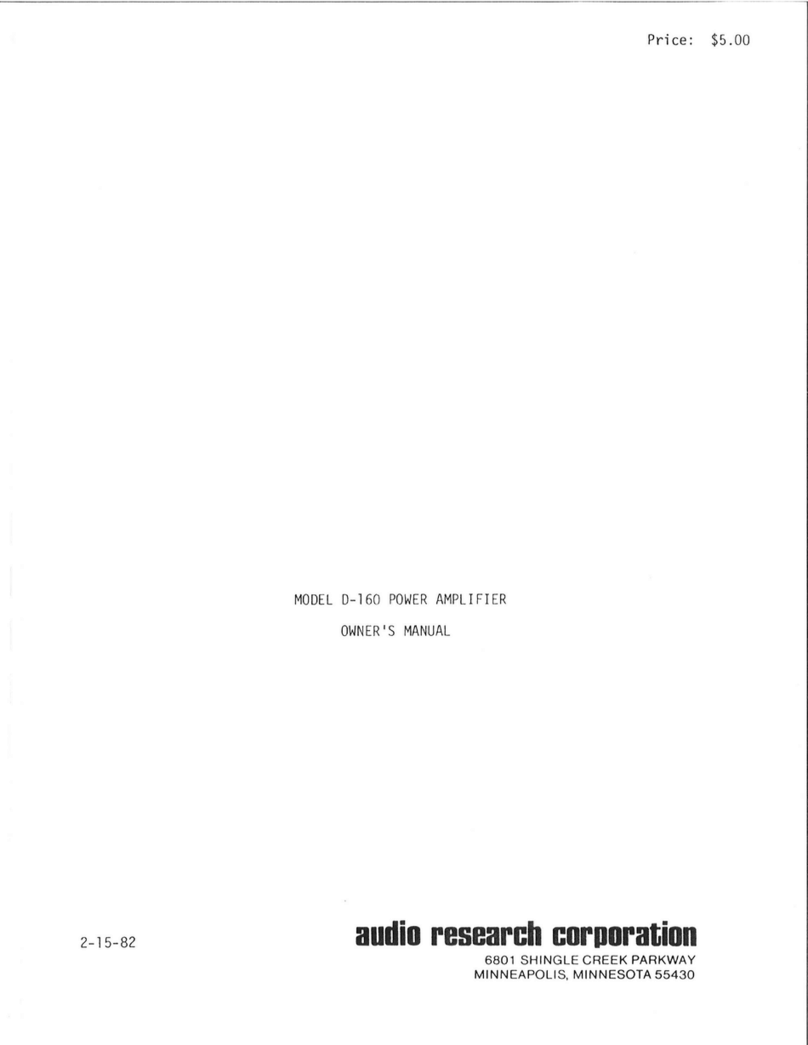
Audio Research
Audio Research D-160 User manual
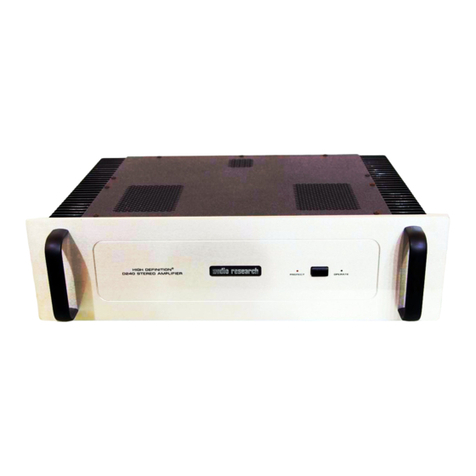
Audio Research
Audio Research D240 User manual
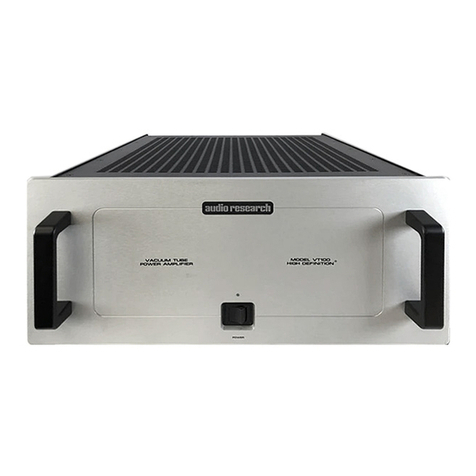
Audio Research
Audio Research VT100 User manual
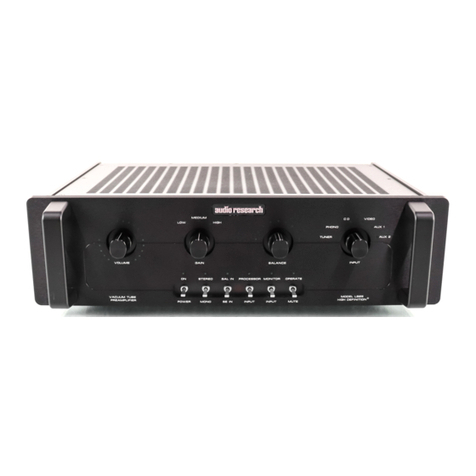
Audio Research
Audio Research LS25 User manual
